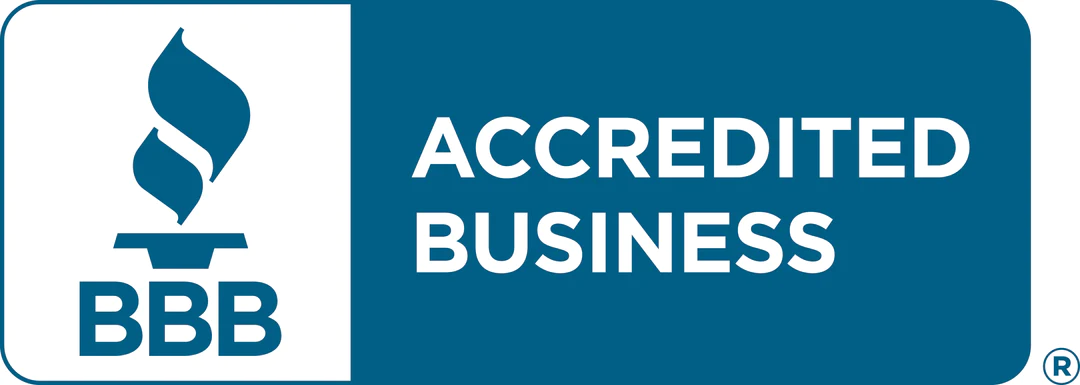College Admissions Tips and Guidance
From “Service Learning” to “Learning To Serve”

Explore Our Articles
Recent Posts
Popular Categories
Get In Touch
On Social
By Phone or Text
(617) 734-3700
By Mail or Email
1678 Beacon Street
Brookline, MA 02445
By Form
Educational Advocates
Our objective is to guide the family in finding options where the student will not only get admitted, but thrive and find success once on campus.
From “Service Learning” to “Learning To Serve”
Danielle Papi had become disenchanted. Although her “voluntourism” organization had raised money to establish, build and paint a school in rural Cambodia, the day she opened it to a stream of students, she came to a stunning realization—there were no available teachers who were qualified to teach the students. Papi, in her dedication to creating a school, had assumed they would simply appear. A desire to do good in the world is commendable. But, are all service projects equal? What if you discovered you sent your teenager on a service learning project that did not meet the community’s objectives, or – worse case – did more harm than good? These questions are behind a growing trend to shift the focus from “service learning” — the idea that short-term volunteers can contribute to communities abroad — to “learning to serve.”
As Papi looked further into what went wrong, she understood a flaw not just in her plan, but in the subtext of her efforts. She realized that traditional “voluntourism” teaches a wrong-headed message—one that says, “visitors have somehow more superior knowledge to offer and that local residents are in need of our help.” In response, Papi encourages a different model.
For Papi, “learning to serve” is about learning before trying to help. A growing body of evidence warns that travelers seeking to do good can end up inadvertently harming the communities they hope to support. In Cambodia, for instance, the growth of well-intentioned visits to orphanages may be perversely encouraging people to buy, rent, or kidnap children in order to maintain appearances for foreign travelers. According to a recent UNICEF report, 75% of children in Cambodian orphanages have at least one living parent. Sadly, this phenomenon is not isolated to Asia; another UNICEF study showed that only 14% of children living in 
While orphanages may provide unique challenges for responsible “voluntourism,” the moral risks of service extend to other projects as well. In Thailand, nearly 90% of foreign volunteers seeking to teach English are sent — week after week — to the same schools. As a result, each week, the same Thai students end up subjected to the same introductory English lesson (such as “Heads, Shoulders, Knees, and Toes”) taught by well-intentioned and inexperienced Americans. These schools end up becoming tourist destinations rather than places of learning. As Papi says, “schools don’t teach kids; people do.” “Learning to Serve” often means investing in teacher training rather than bricks and paint. After all, how many children in Thailand need empty buildings or one more person to teach them “Head, Shoulders, Knees, and Toes”?
“Learning to serve” requires long-term relationships with communities abroad; while it is easier on schedules and budgets to plan short trips, it is essential to not create a revolving door of unskilled helpers that locals must accommodate.
The growing demand for doing good in the world has been outpaced by the even faster-growing demand for collecting easy community service hours. It’s not infrequent that we hear students ask, with good intentions, “Do you have any two-week programs where we build a school?”
While bricks and mortar are important for schools, “learning to serve” pushes students to understand “service” by taking a step back and opening a can of worms. It is an introduction to service and the issues related to it for the rest of students’ lives.
It’s important that an organization encourage students to do their research and ask questions, to look at possible negative impacts of service projects before on a program: Is the project empowering the community? Is the project coming from the community itself, or is it being imposed? Is there follow-up when students leave?
We recommend, especially the first time visiting a community, showing up and saying, “I’m here to learn from you” instead of saying “I’m here to help you.” That way, volunteers can collaborate with our local friends: share stories, play, get dirty, and work side by side when help is needed.
Nate Marcus is an instructor with Where There Be Dragons, an organization that leads learning adventures in the developing world and employs the “Learning to Serve” model. To learn more about how we can help you find summer programs, please click here.









